After buying Aston Martin in 1947, David Brown’s overriding passion was to win the 24 Hours of Le Mans. His passion became a reality when the famous pair, Carroll Shelby and Roy Salvadori, drove the Aston Martin DBR1 to victory at the 24 Hours of Le Mans in 1959.
Aston’s first post-war attempt came in 1949 with three DB2 prototypes. Of two cars with the two-liter, four-cylinder engine, one finished 7th and the other crashed; with a six-cylinder example retiring.

Earlier that year; however, a DB2 prototype, which had the agile handling and strong road-holding to match the performance of that LB6-designated, 2,580-cc, twin-cam Lagonda engine (the main reason David Brown had also acquired Lagonda soon after Aston Martin in 1947) had finished 3rd in the Spa-Francorchamps 24 Hours.
The DBR1, of course, was the ultimate result of David Brown’s dream to triumph at Le Mans, culminating in 1959 in that elusive Sarthe victory. Following its DB2 competition entries, Aston had produced the DB3, its first purpose-built sports racing car. But success was limited.
Its successor, the DB3S, was highly competitive, with an improved VB6-designated 3.0-liter engine, but by 1955, 240 bhp represented maximum development.
Against much more powerful, 3.5- and 4.5-liter, Ferraris, Jaguars, and Maseratis, its comparative power deficit was a perpetual problem, and its exceptional performances show just how effective Aston’s chassis were.
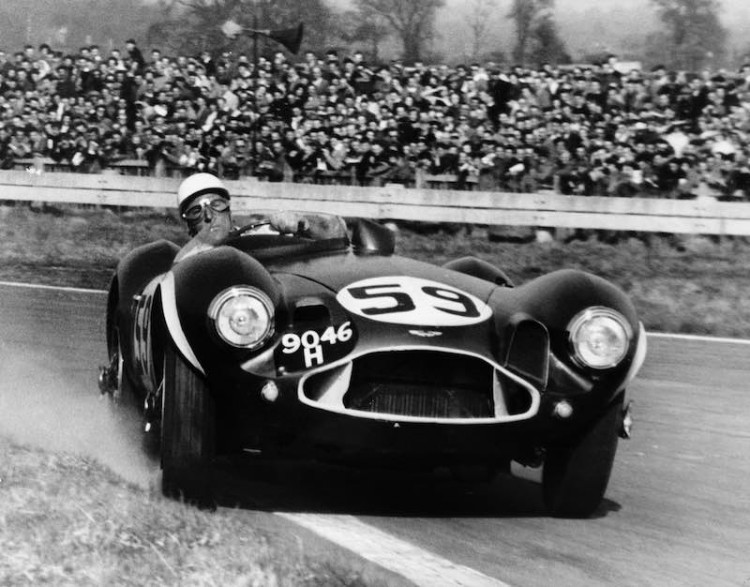
The Creation of the Aston Martin DBR1
Work soon began on an all-new lighter, faster, though still 3.0- litre, sports racer under new race car design chief Ted Cutting.
Using a perimeter-type, small tube space-frame chassis, the DBR1’s front transverse torsion bar suspension remained very similar to the DB3/DB3S, but the rear was all-new, with now longitudinal torsion bars, trailing links, and Watt linkage rather than a central-slide-located de Dion axle.
The S430 four-speed box from the DB3/DB3S was replaced by a CG537, semi-dry-sump, five-speed transaxle, and cast-iron rather than forged-steel Girling disc brakes with light alloy callipers.
Cutting’s design work continued to the DBR1’s sensuous body.
For 1956, the DBR1/1 boasted slightly more bulbous wing contours and a second-generation DB3S-style radiator intake.
In 1957 the car was modified to the more flowing lines of all subsequent DBR1s, now with an oval radiator intake. Crafted in ultra-light 20/22 gauge alloy, the DBR1 was ready to conquer the Mulsanne Straight.




The DBR1’s RB6, 2,922-cc engine’s bottom end was substantially redesigned but derived from the VB6 out of the DB3/DB3S and with very few or no common components.
With triple Weber 45DCO carburettors, power was 252 bhp and by 1958, had increased to a maximum 255 bhp.
Thus, the DBR1 boasted a road-holding enhancing four-inch lower centre of gravity than the DB3S.
For 1956, however, Le Mans regulations stipulated a maximum 2.5-litre capacity in the sports-prototype class, resulting in a 2,493-cc RB6 engine with 212 bhp.
Racing the DBR1 to Victory
On its 24 Hours debut, DBR1/1 ran well for 20 hours until running its bearings and retiring.
Then in early 1957, it managed 2nd place at both the British Empire Trophy and Easter Goodwood meetings, courtesy of Roy Salvadori.
In May that year, the DBR1 returned back to the 3.0 litres engine.
The DBR1’s potential was amply demonstrated by Tony Brooks’ easy win in DBR1/2 at the Spa-Francorchamps with Roy Salvadori in 2nd place driving the Aston Martin DBR1/1.
Later that same month, Brooks/Noel Cunningham-Reid led the Nürburgring 1000 KM from flag to finish in DBR1/2 with Salvadori/Les Leston in DBR1/1 finishing 6th.
The victory at the Nürburgring marked the first such achievement for a British sports car. It was a sign to come for the DBR1, with additional victories to follow in the coming years.
For 1957, however, Le Mans again proved elusive with both DBR1/1 and DBR1/2 retiring.
Given 3.0 liters was the engine’s maximum capacity, it was a blessing when the 1958 regulations decreed a 3,000-cc limit in the sports-prototype class.

After retirement for both DBR1/1 and DBR1/2 in Sebring’s 12 Hours, better fortune returned at the Nürburgring when Stirling Moss/Jack Brabham comfortably won the 1000 KM in DBR1/3. However, in the same event, Carroll Shelby/Roy Salvadori in DBR1/1 again suffered gearbox failure, forcing retirement.
The DBR1s had little success at the 1958 Le Mans with all three DBR1s retiring.
Back at home, the DBR1 had great success at Goodwood. Moss/Brooks won the Tourist Trophy in theDBR1/2 at Goodwood. Salvadori/Brabham came in 2nd in the DBR1/1, and Shelby/Lewis-Evans 3rd in the DBR1/3.
It was another dominant result, but it was not Le Mans.
Racing Success for the DBR1 in 1959
After nine years fighting to win the French classic, Aston decided that Le Mans would be the DBR1’s sole 1959 event.
That soon changed when DBR1/1, as all DBR1s, now with a 2,992 cc engine, seven main bearings for greater reliability, and 50DCO Webers, realizing up to 268 bhp, ran at Sebring for Salvadori; a change rued when clutch failure caused retirement.
Convinced he could replicate his victory at the Nürburgring, Stirling Moss persuaded Aston to again enter the 1000 KM with Jack Fairman.
The race was a huge success for Stirling Moss as he took DBR1/1 to victory, breaking the lap record 16 times in one of his greatest drives.
The victory marked the third consecutive victory for Aston Martin and the DBR1 (an achievement only equalled by Porsche’s 908 a decade later).
he Nürburgring would be DBR1/1’s last competitive outing as a Works race entry.
After almost a decade of racing, David Brown finally achieved his dream when DBR1/2 captured the overall victory at Le Mans, marking the crowning achievement for the program.
At Goodwood’s Tourist Trophy, DBR1/1 would serve as a spare car, where Aston Martin clinched the 1959 World Sportscar Championship, a feat only made possible by DBR1/1’s Nürburgring triumph.




Life after Le Mans 1959 Victory
Following Aston Martin’s withdrawal from competition in August 1959, DBR1/1 twice raced for Essex Racing Stables in the Nürburgring 1000 KM, with Jim Clark/Bruce McLaren retiring from 4th in 1961, and McLaren/Tony Maggs finishing 4th in 1962.
Shortly thereafter Aston sold DBR1/1 with 2,992-cc engine RB6/300/3, the same Works engine raced by Clark, McLaren, and Maggs at Nürburgring, to the Hon. John Dawnay – later the 11th Viscount Downe and long-time Aston Martin Owners Club president – and his brother the Hon. James Dawnay.
Allocated its first road registration of 299 EXV on 5 October 1962, both raced the car until the latter crashed at Silverstone in 1963, sustaining front body damage.
Returning to Aston Martin’s Feltham Works, the removed body was saved from being scrapped and the car taken to Aston specialist Richard Stewart Williams (RSW Ltd).
In 1976, after laying untouched for 12 years, and using a body buck from DBR1/2, a new front section was fabricated and the remaining body refurbished; the mechanical components and engine were also rebuilt.
Driven by Mike Salmon, it took many victories/podiums in Lloyds and Scottish Historic Car Championship AMOC races during the early ’80s—including winning outright the 1982 Lloyds & Scottish Historic Car Championship — after which appearances comprised shows and Concours d’Elegances.
In 2000, it was sold to America-based collector John McCaw.
Deeming its last fitted Works engine, RB6/300/3, one of only seven built and raced by Aston Martin, too precious to race, RSW Ltd. produced another unit with new cylinder block and heads, now producing 302 bhp.
Since 2010, DBR1/1 has been successfully raced at the Goodwood Revival by Brian Redman, while in 2013 Sir Stirling Moss drove it during Aston’s centenary celebrations at Nürburgring.
Coming from the finest of all Aston Martin collections, owned by a fastidious perfectionist, DBR1/1 is not only the best presented of the five DBR1s produced, but it is also, without question, the most correct, down to the smallest of details, inside and out.
One of many notable examples is the dashboard, the result of the owner commissioning, with the late Ted Cutting’s help, a comprehensive report of DBR1 dashboard variations to ascertain the precise layout. Furthermore, with the help of Dr. Claire Hay and Richard Williams, Ted Cutting inspected and documented the car down to the last detail just before his passing.
With its impeccable provenance, enviable racing record, boasting some of the greatest names in motor racing as drivers, and offered with the Works engine fitted when originally sold, DBR1/1 is the first built of the most important Aston Martin ever produced.
An integral team player to the end, DBR1/1 and its Nürburgring victory were central to Aston Martin’s 1959 World Sportscar Championship victory, and it remains an ultimate icon of Aston Martin racing history.
The 1956 Aston Martin DBR1 was offered at the RM Sotheby’s Monterey sale, in August 18-19, 2017 in California during Monterey Classic Car Week and achieved an impressive $22,550,000 at the sale.
Highlights of the car:
- First of five DBR1s
- Winner of the 1959 Nürburgring 1000 KM
- Raced by Roy Salvadori, Stirling Moss, Jack Brabham, and Carroll Shelby, among others


[Source: RM Sotheby’s]


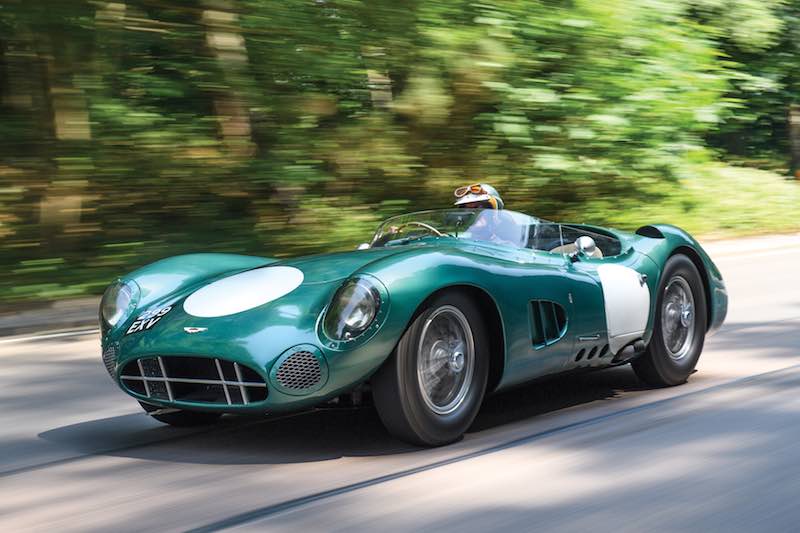

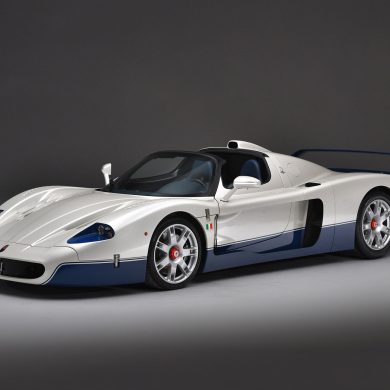
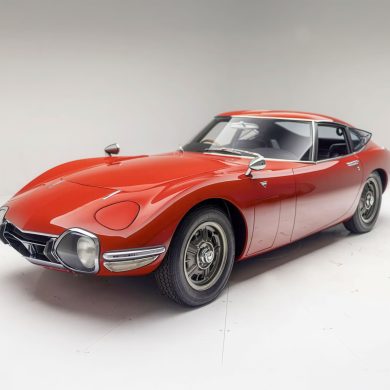
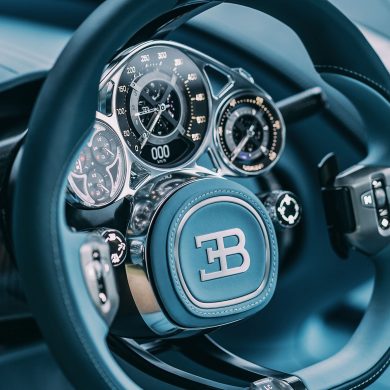
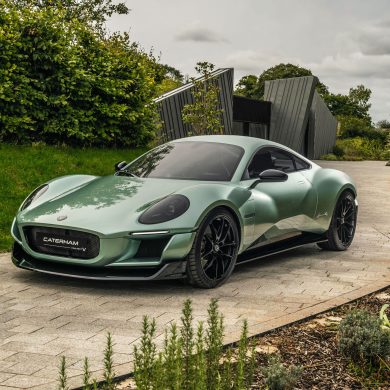
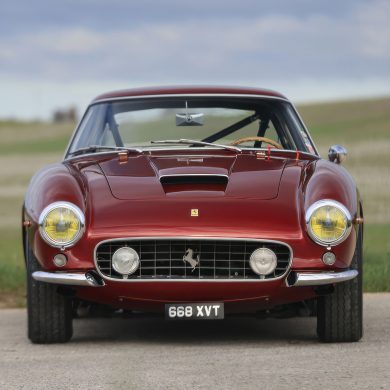


What a fabulous car with great history. Unfortunately I never got to see it during the 1990’s when I was Competition Secretary of the AMOC
The article describes the development of the engine, starting with this sentence: “The DBR1’s RB6, 2,922-cc engine’s bottom end was substantially redesigned but derived from the VB6 out of the DB3/DB3S and with little or no common components.” As the rest of the article is a detailed and very precise account of the DBR1/1, this sentence fails the test. To wit: ‘little’ refers to size. The correct term here should be ‘few’, which refers to quantity.